Jul 19, 2020 | Native Hope
Native American tribes hold the elk, wapiti (Shawnee and Cree) or Heȟáka (Lakota), in high esteem and consider him a relative—a relative who brings strength, endurance, and patience. Tribal Nations each value the elk and place it as a teacher in many stories told through oral tradition. The elk is a survivor and a protector bringing good omens to people.
Today, the North American elk is primarily found west of the Mississippi River, especially in the Rocky Mountain states and the Pacific Northwest. There are at least one million elk living in the United States; however, prior to European colonization over 10 million populated North America. The elk wandered freely, like its relative the buffalo. Native Americans hunted the elk, following the herds and using all parts of the elk for food, shelter, and clothing. Its teeth are highly valued and remain a symbol of wealth—often used for jewelry or to adorn traditional regalia.
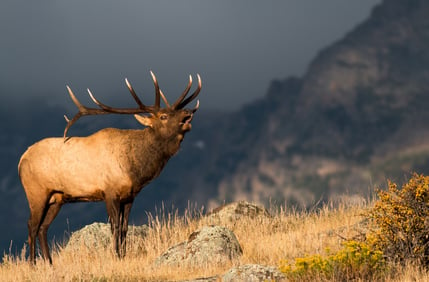 The elk’s stature and dominance
The elk’s stature and dominance
The male “bull” elk stands nearly 5 feet-tall and measures 8 feet from nose to tail, females are a bit smaller in size. Bulls weigh around 700 pounds and have antlers that may span an amazing 4 feet. During breeding season, the majestic bull elk protects its harem of around 5-20 female cows and bugles his dominance to ward off enemies and other bull elk looking for a mate.
When a calf is born to an elk cow, they are nearly 35 pounds and are able to stand within 20 minutes of birth. They mature quickly. At 6 months old, the calf is the size of a whitetail deer. Elk have unique communication skills and use chirps, bark, squeals, and other sounds. Mothers and their calves have their own language and can identify each other through these “words.”
The elk’s significance to Native people
Native Americans consider the elk a clan animal. But to the Lakota, the elk is a member of the 4-legged nation and would not be called an “animal” at all. Albert White Hat, a Sičháŋǧu Lakota and Lakota language teacher, said, “We don’t have a word for ‘animal’ in our language. [An] Animal, as I understand, means a second-class citizen that doesn’t have a mind…In our philosophy and spirituality, all creation has a mind, has a communication system, and we call them Oyaté-Nations. We call them ‘Wamakaska,’ living beings of the earth.”
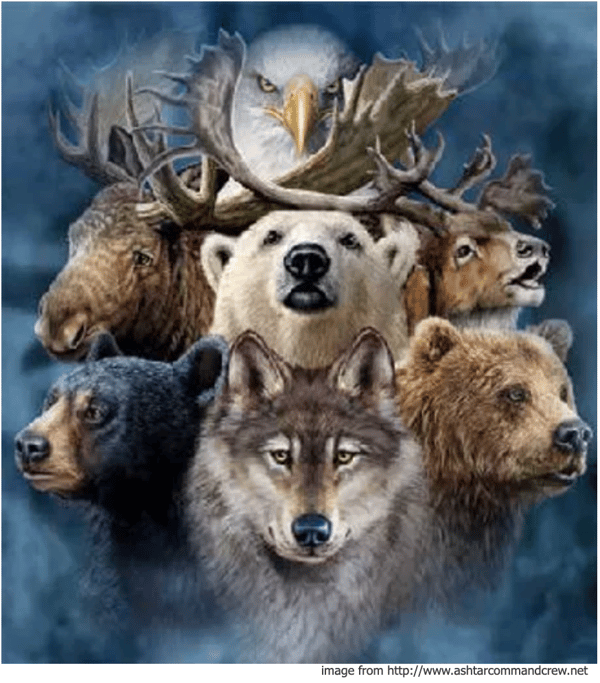
As a relative to the people, the elk protects the oyaté (tribe/nation). Members of the Elk Nation bear the responsibility bestowed upon them by their relative the elk. Perhaps, the most prominent member of the Elk Nation was Nicolas Black Elk, Oglala Lakota medicine man and healer. Throughout his lifetime, Black Elk led his people with wisdom and strength—offering them hope for unity and peace through his vision he shared in the book Black Elk Speaks.
“In some Pacific Northwest tribes, elk are also considered to be particular protectors of women, and in some legends elk lead women who had been captured by enemy warriors back to their homes.” Other tribes use the elk’s symbolism of bravery and masculinity as the premise behind their warrior societies, which, for tribes like the Blackfeet of Montana, are still active today.
The elk is a gift to the people and Unci Maka
The Heȟáka’s (elk) endurance over the past century closely compares to that of Native people. The elk’s numbers dwindled from 10 million to under 50,000 by 1900. Its resilience and rise to over 1 million today offers Native American people a vision to rise and use their voices to bugle: “We are still here, we are strong, we are valuable.” 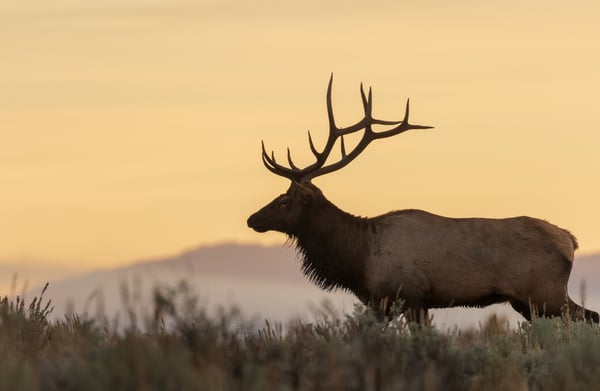
Protecting what is sacred—the earth, sky, water, and relatives like the elk nation—remain central to Native Americans as they are the protectors of their grandmother, Unci Maka.
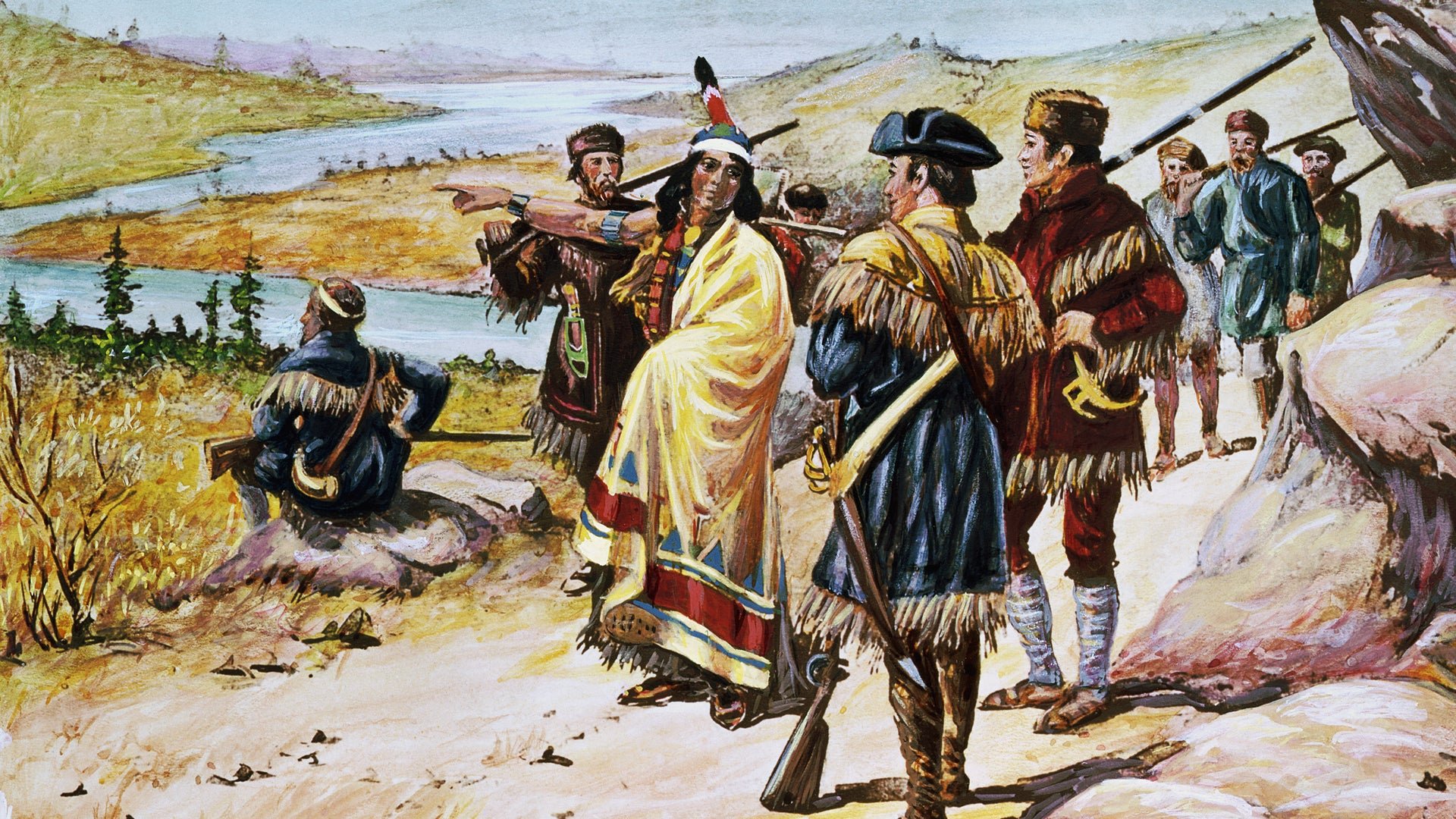
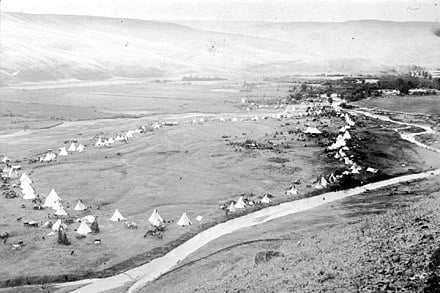

COMMENTS